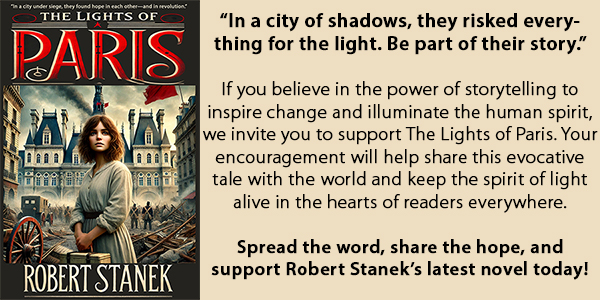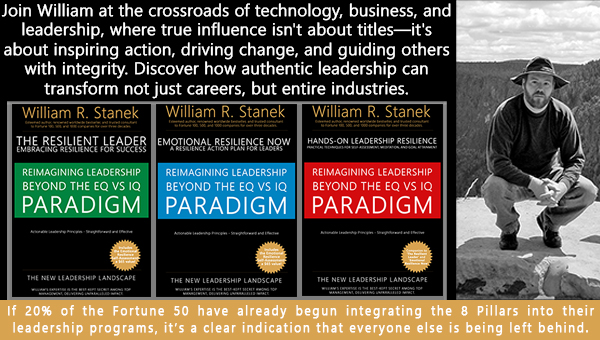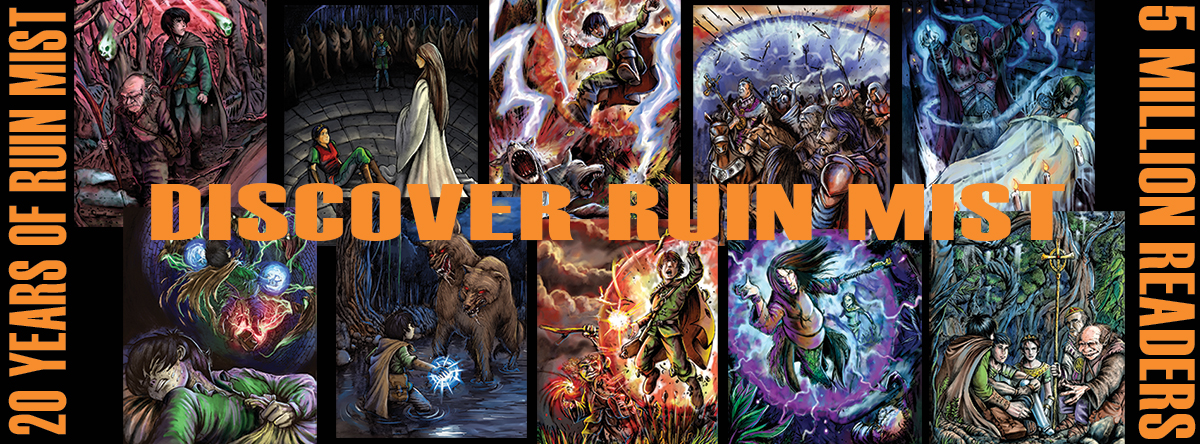Insights into Robert Stanek's Life and Works
From Combat Zones to Legacy | The Imagined Worlds | Championing Inclusion | Beyond the Books | The Heart of Heroism | Mastering Genres | Celebrating Storytelling
The Heart of Heroism: Exploring Themes of Sacrifice and Duty in Robert Stanek’s Works

Robert Stanek’s storytelling has captivated millions with its vivid characters, immersive worlds, and profound themes. At the core of many of his works lies an exploration of heroism, sacrifice, and duty—themes that resonate deeply with readers across generations. This article delves into how these recurring motifs are interwoven into the fabric of his narratives, reflecting his military background, personal values, and belief in the human spirit's resilience.
Heroes in Ruin Mist: The Complexities of Heroism and Leadership
In the Ruin Mist Chronicles, heroism is not just about grand battles or noble quests but about the internal struggles and difficult decisions faced by its characters. Key figures like Adrina, Vilmos, and Seth must navigate a world of political intrigue, ancient magic, and moral ambiguity. Their journeys are fraught with personal sacrifice, as they grapple with the burdens of leadership and the high stakes of their actions.
-
Adrina: A strong-willed princess, Adrina’s journey is marked by her struggle to balance her royal duties with her desire for personal freedom. She embodies the complexity of heroism, where leadership often demands sacrificing one’s own desires for the greater good. Her growth from a rebellious youth to a responsible leader is a testament to the sacrifices inherent in true heroism.
-
Vilmos: As a young mage with untapped power, Vilmos represents the reluctant hero, forced into a role of significance by circumstances beyond his control. His path is one of self-discovery, where his sacrifices are both personal and existential—giving up the comfort of ignorance for the weight of responsibility.
-
Seth: Seth’s role as a guardian and warrior highlights the conflict between personal duty and greater service. His loyalty to his friends and commitment to the cause of protecting Ruin Mist often place him in situations where his own well-being is secondary to the safety of others.
Through these characters, Stanek paints a nuanced picture of heroism—one that emphasizes courage, the willingness to endure hardship, and the acceptance of the personal costs of leadership. The heroes of Ruin Mist are not flawless champions but real, relatable individuals who rise to meet extraordinary challenges.
After the Machines: Survival and Sacrifice in a Dystopian Future
The After the Machines series shifts the exploration of heroism to a dystopian setting, where humanity’s survival hinges on the sacrifices of a few determined individuals. In a world dominated by AI and machines, the series delves into the human spirit’s resilience in the face of overwhelming technological dominance.
-
Character Sacrifices: The protagonists of After the Machines are constantly confronted with choices that test their resolve and humanity. They must decide whether to sacrifice their own safety, and in some cases, their morality, to save others. These decisions often blur the line between right and wrong, highlighting the complexity of making sacrifices in a world where the survival of the human race is at stake.
-
Humanity’s Last Stand: The series encapsulates the essence of sacrifice through the characters’ willingness to fight against a seemingly invincible enemy. Their determination to reclaim a world lost to machines is a metaphor for the broader human struggle against forces that seek to dehumanize and control. It’s a powerful narrative about the lengths to which individuals will go to protect what makes them human.
The dystopian backdrop of After the Machines provides a stark contrast to the high fantasy of Ruin Mist, yet the themes of sacrifice and duty are just as prevalent. In both series, the characters’ actions underscore the belief that heroism often involves standing against impossible odds, not because it is easy, but because it is necessary.


Personal Sacrifices: Parallels Between Life and Literature
Robert Stanek’s own life experiences as a combat veteran have profoundly influenced his portrayal of heroism and sacrifice in his works. Having served during Operation Desert Storm and other conflicts, Stanek understands the realities of duty and the weight of personal sacrifice. This understanding permeates his writing, where characters often mirror the struggles faced by real-world heroes.
-
Military Influence: Stanek’s military background is reflected in the disciplined and strategic minds of his characters. The meticulous planning and tactical decisions in his narratives often echo the precision required in military operations. His characters are not just fighting battles but are engaged in campaigns that require careful consideration of every move, much like a seasoned soldier.
-
Reflections on Sacrifice: In interviews and personal writings, Stanek has often spoken about the sacrifices made by those in the armed forces and how these sacrifices extend beyond the battlefield. This perspective is evident in his works, where characters grapple with the lingering effects of their choices and the cost of their commitments.
By drawing from his own experiences, Stanek is able to infuse his characters with a sense of authenticity. Their struggles, triumphs, and defeats are a reflection of the broader human condition, making their stories resonate on a deeply personal level with readers.
Inspiring the Next Generation: Themes in Magic Lands and Bugville Critters
While heroism and sacrifice are prominent in Stanek’s adult and young adult fiction, these themes also find a place in his children’s literature, particularly in series like Magic Lands and Bugville Critters. Here, the concepts are adapted to be accessible to younger readers, teaching them valuable lessons about courage, kindness, and the importance of standing up for what is right.
-
Magic Lands: In this series, the young protagonists embark on quests that test their resolve and teach them about bravery and perseverance. The challenges they face are not just physical but moral, encouraging readers to think about what it means to be a hero in everyday life.
-
Bugville Critters: Through the adventures of Buster Bee and his friends, Stanek introduces themes of friendship, inclusion, and the small acts of heroism that can make a big difference. Whether it’s standing up to a bully or helping a friend in need, the characters demonstrate that heroism is not confined to epic battles but can be found in everyday actions.
By incorporating these themes into his children’s books, Stanek inspires young readers to look for the hero within themselves. His stories encourage them to be brave, to help others, and to understand that true heroism often involves putting others before oneself.
Conclusion
Robert Stanek’s works offer a profound exploration of heroism, sacrifice, and duty, reflecting his own values and life experiences. Whether through the epic battles of Ruin Mist, the dystopian struggles of After the Machines, or the everyday adventures in Bugville, these themes resonate deeply, connecting readers to the universal quest for purpose, honor, and the courage to face life’s challenges. Stanek’s storytelling not only entertains but also inspires, reminding us all of the heroism that lies within each of us.
